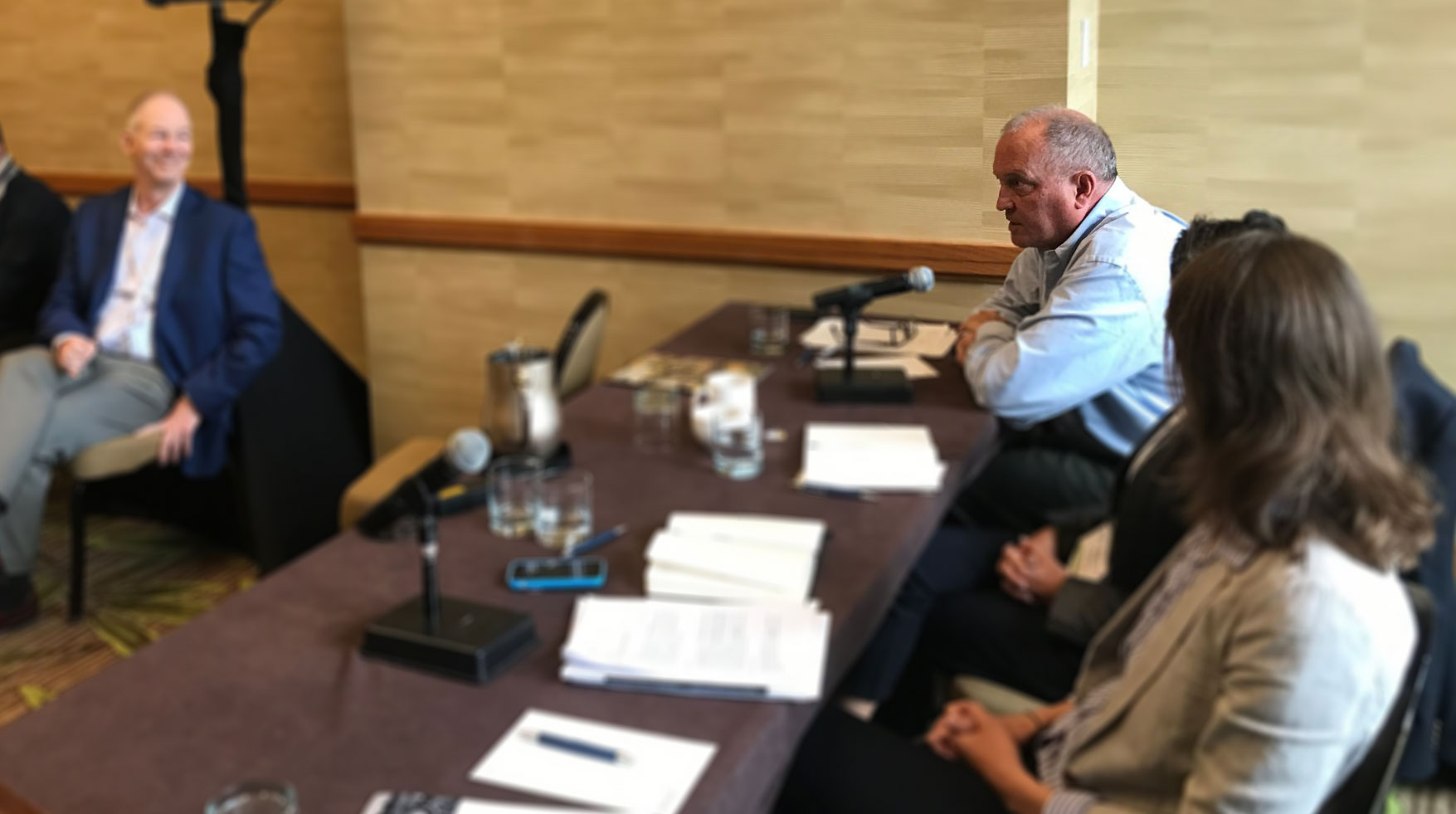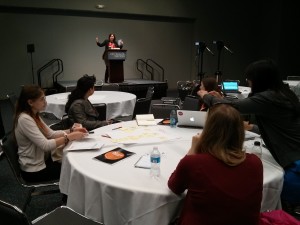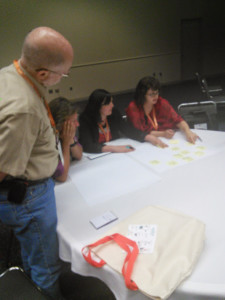Written for the Open Government Partnership in September 2017.
The 2017 Edelman Trust Barometer revealed the largest-ever drop in trust amongst four cornerstone global institutions: business, government, NGOs and the media. In the 28 countries surveyed, trust in all four institutions combined fell below 50%. CEOs suffered the biggest dip in credibility, falling to only 37% globally. These numbers should be concerning to all institutions. But for business this radical drop in trust must be addressed if companies are going to continue to operate successful and sustainable companies.
Why is trust important for business?
Trust is crucial for business. It is the glue that binds companies to their customers and to the communities where they operate. Customers are more likely to buy products from a company they trust and citizens are more likely to support business operations within their community if they trust the company. * Companies interested in lasting for the long term understand that maintaining trust translates to stronger brand reputation, a more reliable social license to operate, and an ability to attract and retain talent and capital. From a purely bottom line perspective, trust counts: a 10-year analysis by Fortune.com has shown that public trust in a company and profitability are strongly positively correlated.
Losing trust – by abusing workers and the environment, bribing officials to win deals, using influence to stack the public policy deck in favor of short term business interests, or by not providing consistent and quality goods and services – comes with significant, long term costs that outweigh the short term gains. For extractive companies, losing the trust of local communities can cost roughly $20 million per weekdue to delayed production. The overall financial consequences of bribery can be ten times the settlement costs considering stock price drops, higher costs of capital and shareholder lawsuits. Bribery also leads to drops in staff morale which can have significant impacts on performance (employee morale has been highly correlated with higher returns).
How can business begin to rebuild this trust?
Companies can take significant steps to increase their integrity and build trust. Beyond the fundamentals of providing quality and consistent goods and services and ensuring that a company is behaving responsibly by respecting the environment and human rights, there are some key steps that business leaders and companies can take.
Firstly, they can be pro-actively transparent – about what they do, how they do it and how they contribute to society. Transparency allows investors, business partners, regulators, civil society, and the media to more easily check claims of responsibility or sustainability – and enables them to act as early warning systems alerting brands to problems. And, there are already companies leading the way in key areas – publishing supply chains (e.g. Patagonia, Nike, Puma, adidas and Levi Strauss), disclosing more beneficial ownership information and group structures (e.g. Unilever and Natura and companies who have pro-actively published on OpenOwnership), publishing tax policies, practices and payments (e.g. BHP Billiton, Repsol, LUSH, Vodafone), setting out policies around political engagement (e.g. Visa, GSK), and being public about pay equity (e.g. Salesforce, Buffer).
In all these areas, there is more to do – both on what is disclosed (e.g. political advocacy policies versus actual lobbying meetings, payments and trade association memberships), how useful it is to end users (e.g. is it available in comparable and open data), and how much of the market is transparent. However, the above examples show that transparency in these areas is possible and leading brands believe it benefits them to invest the effort in doing it year after year.
Secondly, companies and CEOs can build trust by putting real support behind efforts to improve the well-being of people and planet. This means going beyond what is expected or minimum standards, to work together, with civil society and sometimes with governments, to address serious challenges. It can mean speaking out, as CEOs have recently done in support of action to end anonymous companies in the US, or making serious commitments to shift business models towards a net zero carbon economy, or standing up for human rights – for example when Tiffany & Co publicly supported investigative journalist Rafael Marques de Morais when he was targeted for a long jail sentence for exposing corruption in the diamond industry. At a time when many countries have restricted peoples’ rights to speak out and associate in civil society, the need for business leadership that supports democracy and civic rights, in particular, is more urgent than ever.
And what about governments…?
Building trust pays, and losing it costs. However, these in-built incentives can be disrupted by markets driven by short-termism – CEOs with short tenures feeling pressure from shareholders who stick around for even less time.
The constraints of short-termism means we cannot rely upon voluntary action alone. Governments – including all OGP participating countries and subnational entities – have an essential role in shaping markets that prevent abuse and are geared towards long term, sustainable development.
This means ensuring that companies and people know who they are dealing with in the market through beneficial ownership transparency. It means that when governments turn to the private sector to deliver infrastructure, technology and support social services, they ensure – through approaches such as open contracting – that citizens can see that public money is being put to its best use, and that innovative firms can have confidence that they are competing in a fair market. It also means that governments remain committed to the foundations of open government – that citizens can speak up, identify problems, shape public policy and demand rights. Without that, there can be no trust in how decisions are made and who they ultimately benefit.
Trust is good business, but it can best thrive in transparent markets and healthy democracies.
Originally published by the Open Government Partnership at https://www.opengovpartnership.org/stories/business-of-trust-how-companies-can-build-credibility


